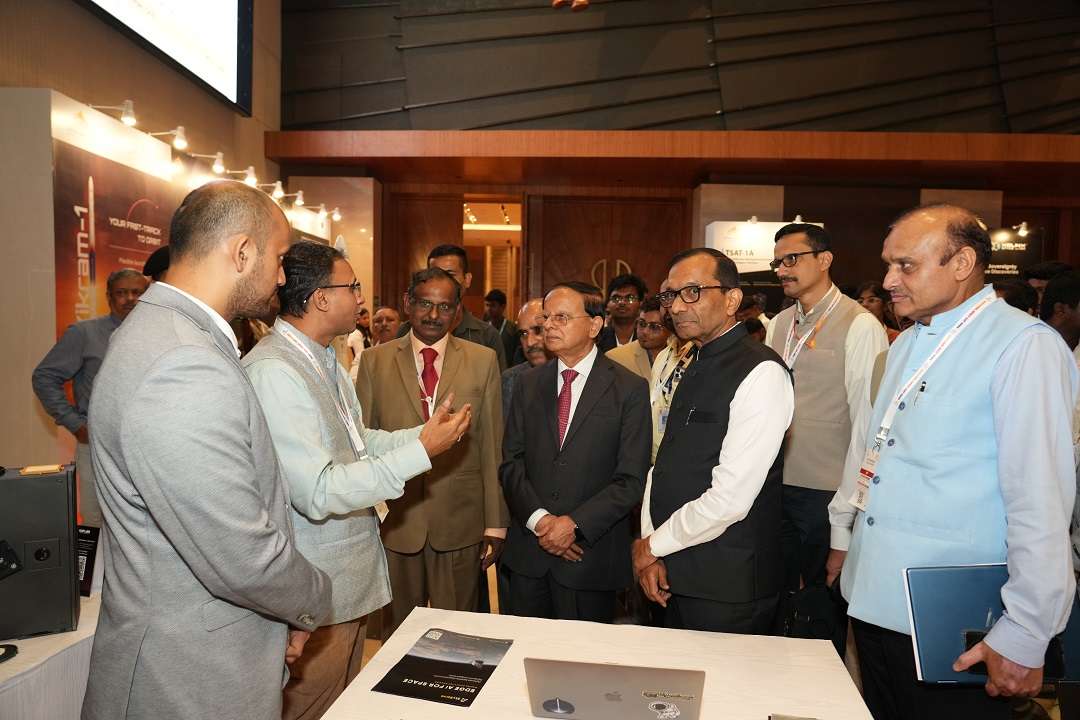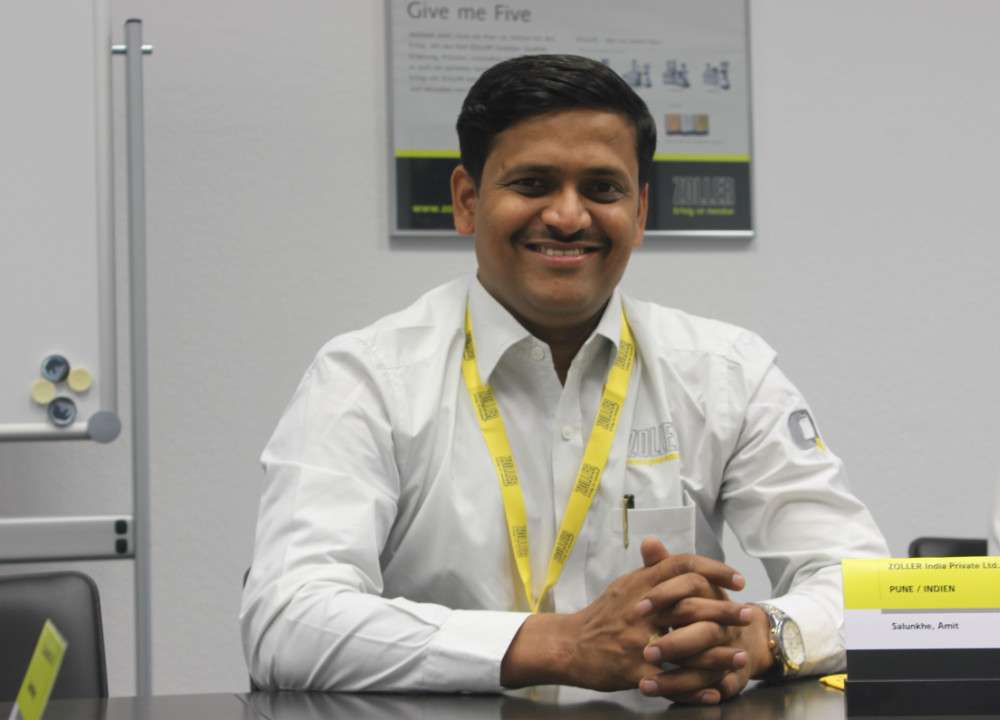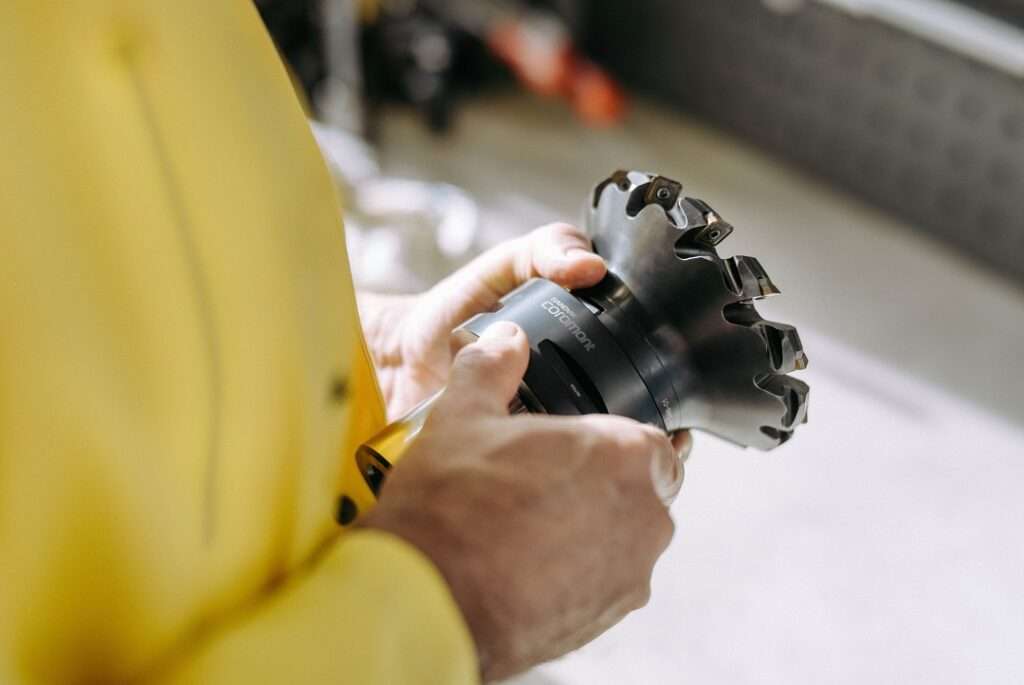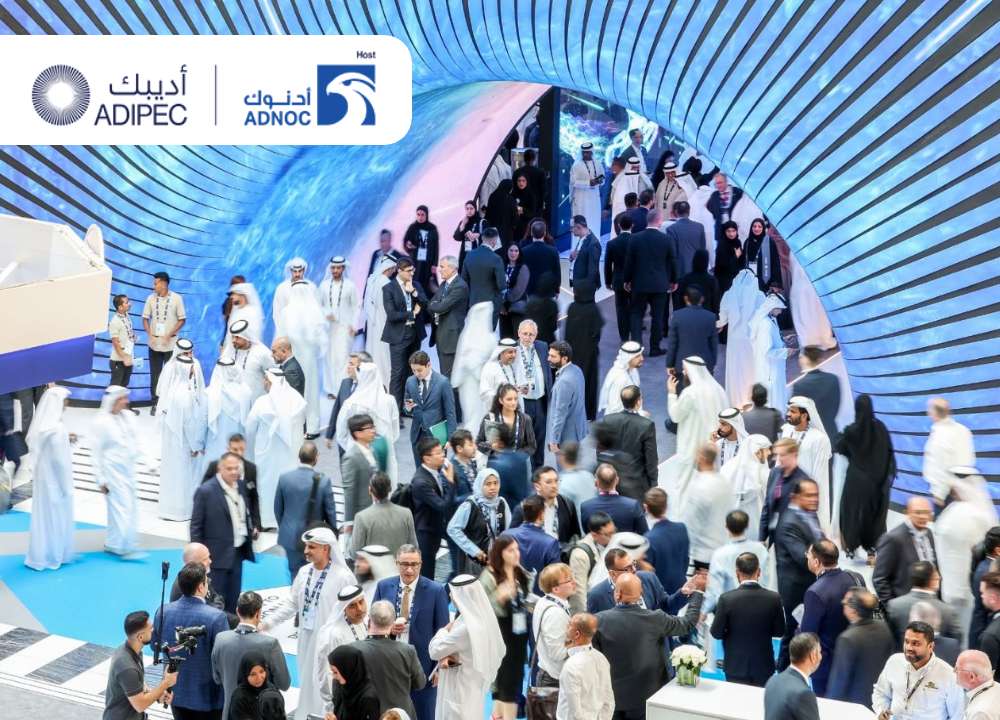Marking the second National Space Day and the successful landing of Chandrayaan-3’s Vikram rover, the Indian Space Research Organisation (ISRO) convened National Space Meet 2.0 at Bharat Mandapam, New Delhi. The theme—Leveraging Space Technology and Applications for Viksit Bharat 2047—brought together Union ministries, state governments, industry leaders, academia, startups, and domain experts to chart India’s space roadmap for the next two decades.
The meet follows the first edition held in 2015, which shaped governance reforms through satellite-based solutions. This year’s deliberations aim to redefine governance, strengthen citizen services, and apply space technologies for socio-economic transformation in line with the Prime Minister’s vision of Viksit Bharat@2047.
Over the past four months, a nationwide collaborative effort brought together domain experts, central ministries, state governments, and ISRO to identify and document hundreds of space-based use cases across sectors. This initiative aimed to harness the full potential of satellite data and space technology to address critical developmental challenges and improve service delivery at scale.
During the recent Meet, stakeholders engaged in focused discussions spanning ten key thematic areas. These included Agriculture & Water; Forests, Environment & Energy Policy; Infrastructure & Geo-Governance; and Health, Education & Social Welfare. Each area explored how satellite applications could support more effective planning, monitoring, and policy implementation.
Additional discussions covered Communication, Navigation & Technology Diffusion; Disaster Risk Reduction; and Earth observation for Oceans, Weather & Natural Resources. Special emphasis was also placed on region-specific needs, particularly in the North-Eastern Region and Hilly States/UTs, Coastal States/UTs, and Inland States/UTs—ensuring that the roadmap for space applications is inclusive and responsive to local priorities.
Delivering the keynote, PK Mishra, Principal Secretary to the Prime Minister, underlined space as a force multiplier across governance. He noted that over 60 departments now use satellites, navigation, and geospatial systems for agriculture, healthcare, disaster resilience, and climate management.
Highlighting reforms since 2014, he observed the exponential growth of the private space sector—from one or two startups to more than 350, many already developing satellites and launch vehicles. He called for institutionalizing the National Space Meet, expanding private participation, integrating AI, quantum, and big data into future systems, and deepening global collaborations such as the NASA-ISRO SAR Mission and the proposed G20 Satellites for Climate initiative.
“India’s space journey is about empowering citizens, bridging divides, and strengthening national self-reliance. As we move towards Viksit Bharat 2047, space will remain a critical enabler of growth and transformation,” Shri Mishra said.
Pawan Goenka, Chairman, IN-SPACe, described the Meet as a hands-on problem-solving exercise. He emphasized a Whole-of-Nation approach, with ministries, states, industry, and startups co-developing solutions. Noting the rise of private companies, he urged greater trust in private sector capabilities and encouraged startups to view space not only as commerce but also as a national mission.
ISRO Chairman V Narayanan reflected on India’s inspiring space journey, tracing it from the humble Thumba launches of 1963 to a robust network of 55 operational satellites today. These satellites now support critical services across telecommunications, broadcasting, telemedicine, and disaster management. Emphasizing the importance of the coming decade, he outlined a forward-looking vision focused on autonomous satellite constellations and integrated space systems to meet the country’s growing needs.
Mr Narayanan further emphasized embedding space applications into core areas such as food security, water management, energy efficiency, environmental sustainability, and citizen services. These initiatives aim to deepen the integration of space-based technologies into everyday life and national development. He also highlighted the accelerating role of the private sector, made possible through progressive space reforms, in boosting innovation and capacity.
Looking ahead to 2040, the ISRO Chairman projected that India would stand among the world’s foremost space powers, particularly in the areas of launch vehicles, satellite manufacturing, and downstream space applications. This ambitious vision is underpinned by a strong emphasis on capability expansion and strategic collaborations within and beyond national borders.
Dr VK Saraswat, Member of NITI Aayog, spoke on the policy-driven transformation of India’s space sector. He credited key reforms such as the Geospatial Policy 2022, Indian Space Policy 2023, and the formation of IN-SPACe for transitioning India from a supply-driven to a demand- and partnership-based model. These changes have unlocked greater private sector participation and fostered innovation across the ecosystem.
Recognizing space as both a strategic and developmental asset, Dr Saraswat proposed the formation of an International Alliance on Space. This platform, he suggested, could enable global cooperation on emerging challenges such as space debris mitigation, space-based solar power, and resource mining. He called for deeper collaboration between government, industry, and academia to achieve these goals.
The event concluded with the identification of a national roadmap for India’s space future. Key targets include tripling the number of operational satellites within three years and deploying 119 Earth Observation, Navigation, and Communication satellites by 2040. Other priorities involve establishing a nationwide consultative mechanism to aggregate user demands, expanding services under NAVIC, SATCOM, and EO for governance and commercial sectors, and strengthening public-private partnership models, particularly for high-resolution imaging and communications.
ISRO, under the Department of Space, will continue to lead in developing infrastructure for advanced technology demonstrations. National Space Meet 2.0 reaffirmed ISRO’s mission of reimagining governance through space—placing citizens at the center, enabling resilience, and contributing to India’s rise as a global space leader by 2040.







